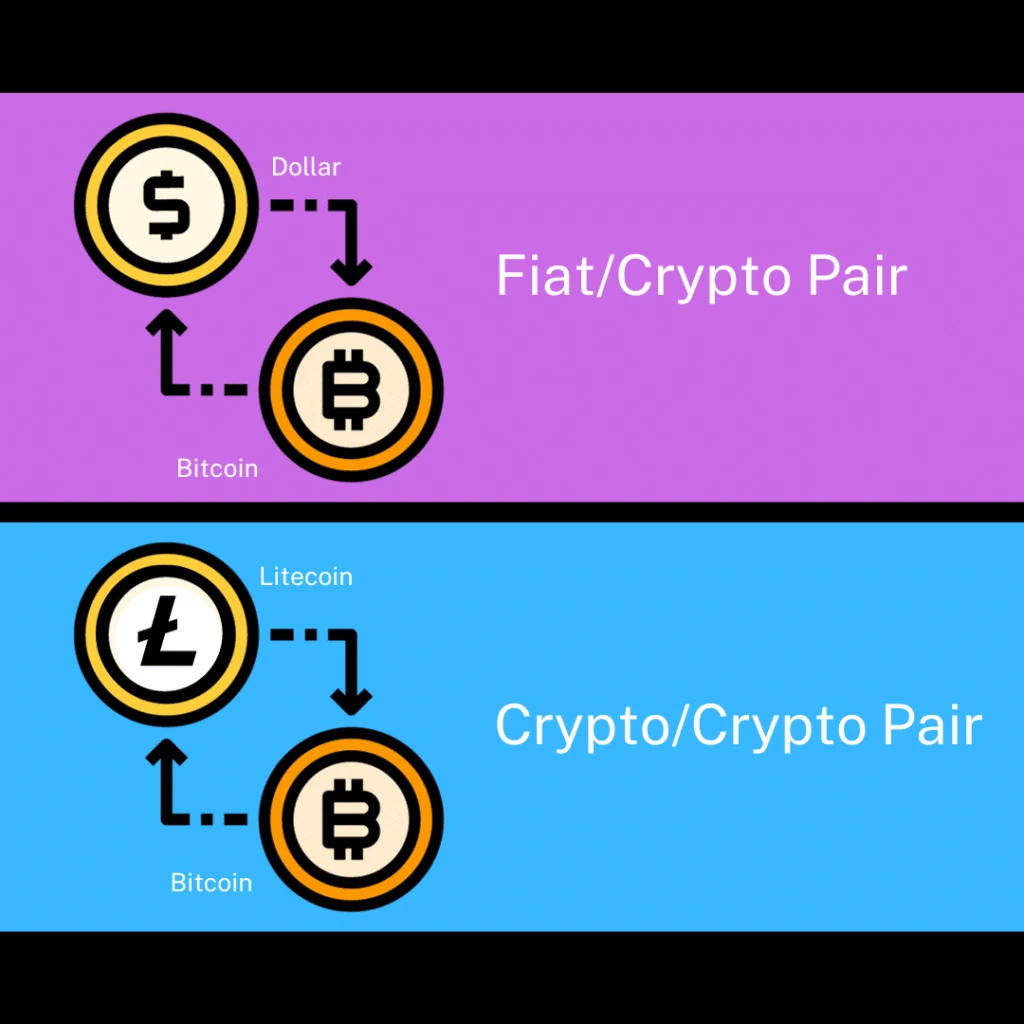What is a Centralized Exchange?
A centralized exchange (CEX) is a privately owned platform for trading cryptocurrencies, such as Coinbase or Binance. Just like any centralized platform (for example, Facebook, Amazon, or a bank), there is a single authority that sets the rules and has total control over the platform.
The Long Definition
Crypto exchanges can be categorized as centralized or decentralized.
A centralized exchange, or CEX, is a crypto exchange with a centralized administration. Its operations are controlled and coordinated by a central authority. It’s like your typical company; there is a private owner(s), CEO, and board of directors. Popular examples include Binance, Coinbase, and Gemini.
These CEXs operate like stock exchanges. But instead of stocks, users trade in cryptocurrencies. They can exchange fiat currency (money) for crypto or crypto for crypto.
Overall, CEXs are easy to use, convenient, and very reliable. This is why they are more popular among traders than decentralized exchanges (DEXs).

How do CEXs work?
Centralized crypto exchanges provide a place for trading cryptocurrencies. Generally, a CEX allows for two types of trading pairs: fiat to crypto and crypto to crypto. A trading pair represents two assets that can be traded for each other.
- Fiat/crypto pairs: You can exchange fiat for crypto or crypto for fiat at a CEX. For example, bitcoin and the dollar (BTC/USD), as well as Ether and the dollar (ETH/USD).
- Crypto/crypto pairs: CEXs allow users to exchange one crypto coin for another. Examples include bitcoin/litecoin (BTC/LTC) and ether/binance coin (ETH/BNB).
So, how do these trades work?
A centralized exchange acts as a broker. It matches sellers with willing buyers in exchange for a small commission. In this system, individual sellers make offers to sell cryptocurrencies at certain prices, and buyers make bids to buy cryptocurrencies at certain prices. The CEX then brings the buy and sell orders together.
Let’s say you’re looking to buy 10 BNBs at $250 each. Once you place your order on the platform, it will match with a trader selling 10 BNB at $250 each.
A defining characteristic of CEXs is that they are custodial platforms. They take custody of a user’s funds just like banks do with money. For instance, if you’re using Binance, you must deposit your crypto into the exchange to trade. They’ll hold it on your behalf and complete transactions at your request.
Some centralized platforms, like Binance, also allow for peer-to-peer (P2P) trading. Here, users can “directly” buy/sell crypto to one other. How?
Let’s say you want to sell 1 ETH for fiat. Typically, there’s a swap-for-fiat option, where you’re essentially trading with the exchange. The platform will take the ETH off your hands and credit your bank account with the relevant amount.
But with P2P trading, you get to directly sell your ETH to another user. This means you’ll receive money from the buyer’s bank account instead of the exchange. The CEX’s job, in this case, is to hold your crypto in escrow until you confirm that you have received the correct payment amount from the buyer.

What are the advantages of using a CEX?
Centralized exchanges are generally user-friendly. Even as a beginner, it won’t take you long to know how a certain exchange app or website works. CEXs are usually more convenient than DEXs.
For instance, since the exchange stores the crypto on your behalf, you don’t have to maintain a crypto wallet. This means you don’t have to worry about securing your private keys and getting hacked.
Furthermore, CEXs have high trading volume (number of trades) and high liquidity (cashing out is quick and easy). This contributes to their reliability. They deliver fast transaction speeds and can handle huge trades.
Due to these advantages, CEXs have grown to be the most valuable platforms in crypto. Almost all cryptocurrency trades take place on these exchanges.
Some of the best-known exchanges are:
- Coinbase
- Binance
- Kraken
- KuCoin
- Crypto.com

What Are the Disadvantages of CEXs?
CEXs take custody of the user’s crypto assets. This means that they hold billions of dollars in funds. This is a problem because it makes them an obvious target for hackers. If a hacker breaks the system, customers can lose a lot of money.
But perhaps the biggest issue with custodial platforms is what happens when they go bankrupt due to mismanagement, hacks, or adverse market conditions.
When a CEX goes bankrupt, it turns off withdrawals. This means users can no longer access their crypto or fiat until the company goes through bankruptcy proceedings. There’s usually no guarantee that the bankruptcy proceedings will be successful; thus, many users lose their assets forever.
Another significant disadvantage of CEXs is they store a user’s personal data. They obtain this data during Know Your Customer (KYC) procedures when they ask for your name, ID, SSN, and your picture in order to give you permission to trade. The reason they do this is because they are for-profit companies that have to comply with the law.
CEXs are also often criticized for lacking transparency. They are private entities, and most don’t disclose their internal operations, even in the event of a disaster, like the company going bankrupt.
CEXs are subject to strict regulations from the government because they are a company. This means that regulators can pressure them into acting a certain way. For instance, they can order a CEX to freeze assets belonging to a certain individual or not offer services in a particular country.
